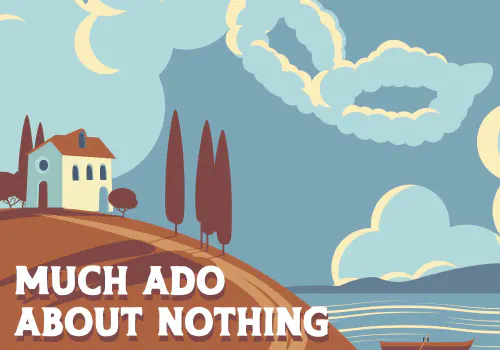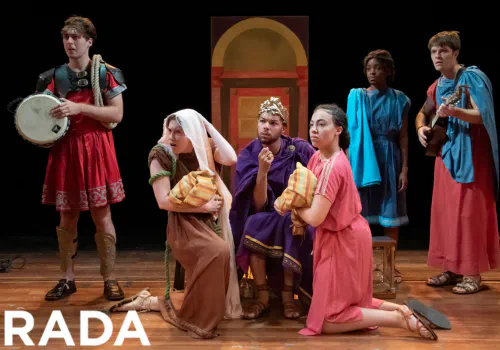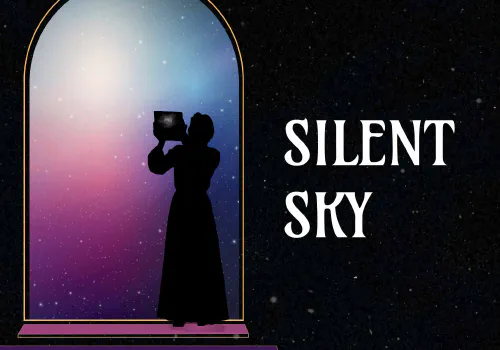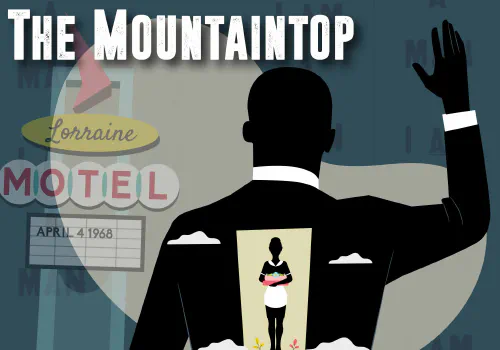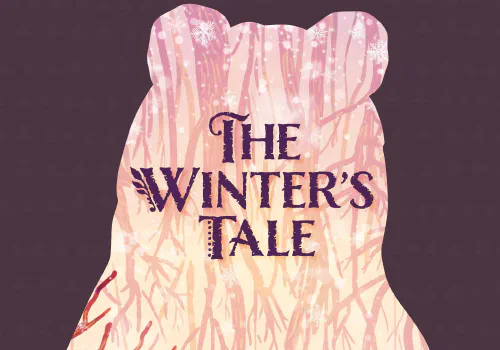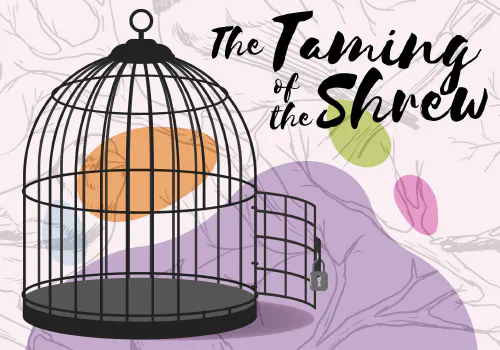By Christine Frezza
Mary Poppins’ appearances in the books, the movie, and the musical have been filling our imaginations for more than eighty years, even though the manners and customs she taught are long past. Our desire to explore the times of our ancestors, our longing for happy endings (especially with magic!) and our enjoyment of the music associated with the shows all play their part in keeping this story one that audiences worldwide continue to want to experience.
Mary Poppins first came into being in 1934, through a children’s book written by the Australian novelist Pamela Travers (who wrote under the penname P. L. Travers); the character was modelled after Travers’s great aunt, with the antics of the rest of the fictional Banks family reflecting the actions of her own siblings.
Walt Disney got the rights to the book four years later, though it took nearly thirty years before it became the movie we know, because of arguments between Travers and Disney over the changes he wished to make. (The struggle to get the rights and Travers’s opinion of the adaptation were themselves the subject of a later Disney movie, Saving Mr. Banks, released in 2013.)
Disney’s movie was and is a huge success. “Mary Poppins was released on August 27, 1964, to universal acclaim, receiving a total of thirteen Academy Award nominations, including Best Picture—an unsurpassed record for any other film released by Walt Disney Studios—and won five: Best Actress for Andrews, Best Film Editing, Best Original Music Score, Best Visual Effects, and Best Original Song” (“Mary Poppins (film),” Wikipedia, https://en.wikipedia.org/wiki /Mary_Poppins_(film), 2016).
Most audiences are more familiar with the movie than the series of seven novels that Travers wrote between 1934 and 1988. But there is now another version to add to the variety of Poppins adventures we can delight in. Thirty years after the Disney movie was released and two years before Pamela Travers died, Cameron Mackintosh (producer of Les Misérables, Phantom of the Opera, Oliver, Miss Saigon) met the author, and received permission to create a stage musical from her books. He hired Julian Fellowes (creator of Downton Abbey) to write the script, and in 2004, the musical was performed in London’s West End, opening two years later on Broadway.
Composer-lyricists of additional songs for the stage musical were George Stiles and Anthony Drewe, in accordance with Travers’s conditions that no additional songs be written by the Shermans, who had written the songs for the Disney movie. Stiles and Drewe were worried: “we knew that to be successful, it would have to include all those songs that everybody loves from the movie” (Tony Brown, Finding ‘Mary Poppins’ from book to movie to stage, In The Plain Dealer, July 11, 2009, http://www.cleveland.com/onstage/index.ssf/2009/07/ finding_mary_poppins_from_book.html). They wrote “Practically Perfect” in the Sherman style, and agreement was reached between Mackintosh and Disney that this stage musical could use a number of the movie songs, with additional ones added by the two new writers. In the past twelve years, international success has followed the musical, just like the movie and the books.
In all versions, the story is set in London in the early 1900s just before women were given the vote, when the well-off middle class had a number of servants to hand (cook, housekeeper, maids, and sometimes a butler). If they had children, as do the Banks, there was, of course, a Nanny. “Not quite part of the family and more than just an employee, idealised and demonised, the nanny has always had a difficult role in family life” (http://www.thehistorypress.co.uk/ index.php/updates/The-ups-and-downs-of-the-British-Nanny/#sthash.cd0UpaUj.dpuf).
The classic British nanny was a spinster of unspecified age, who ruled her kingdom, the nursery, and its inhabitants, the children of the house, with absolute authority, which extended to any visitors who were privileged to be invited to Nanny’s dominions for tea or to see Baby. Nanny supervised all children of all ages, from their birth well into their grownup years. It is no wonder that Mr. Banks in Mary Poppins hires her without references, and doesn’t dare contradict her; he recognizes absolute power when he meets it. “Highlighted in this situation is the absurd ease with which English parents of that particular ear were ready to hand over their children to complete strangers they hired via newspaper ads” (Giorgia Grilli, Myth, Symbol, and Meaning in Mary Poppins [New York: Routledge Taylor & Francis Group, 2007], 128).
Hierarchically, her greatest sphere of influence came between the nursemaid (a young girl, without much training, who was permitted to warm milk and wash nappies) and the governess, whose influence was limited to the schoolroom and the daytime, and who never interfered with Nanny’s rules. Governesses did not stay with the family for long, often (at least in fiction) tending to set fire to the house or falling in love with the master. (Nanny strongly disapproved of Miss Jane Eyre!) Nursemaids graduated to chambermaids, then parlor maids. Nannies, however, ruled the nursery whether there were children in it or not, and were not “pensioned off” until they were no longer capable of doing the work, then given a small cottage and a stipend.
But Mary Poppins is different from the classic nanny, in that she only stays to heal the dysfunctional Banks family, then disappears after her job is done. (Her modern counterpart is Nanny McPhee, whose own physical deformities disappear as the family becomes a functional unit.) Although Miss Poppins’s activities and her ability to use magic for her own ends are similar from book to movie to stage, the woman herself and her purpose in coming to the Banks home are different.
The book’s illustrations by Mary Shepard (daughter of the illustrator of Winnie the Pooh) show a stiff, angular spinster with hair tight to her head, and feet in ballet’s fifth position. The movie, starring the irrepressible Julie Andrews, shows a winsome charmer, dressed in bright colors and with feet more relaxed. The book focuses on children being taught how to behave so that they can become functioning adults; the movie focuses on the fun children can have when their parents are too busy for them (Mrs. Banks with Votes for Women, Mr. Banks with his career).
The musical fleshes out the adult members of the family and makes the children more realistic than in the movie: “Jane and Michael are constantly answering back and fighting. . . . George Banks had a difficult childhood in which he was ignored by his parents and was placed under the care of a fearsome nanny. . . . Winifred Banks is no longer the suffragette of the film, but a former actress who is struggling to fulfil her husband’s expectations of her” (Wikipedia).
Often in comedy, the stranger who comes into the closed society is a disruptor of harmony, such as Don John in Much Ado about Nothing. Mary Poppins’s job is now a forerunner of Nanny McPhee’s: a nanny/governess who educates and brings healing to the entire household with more than a spoonful of sugar, with a message of acceptance and reconciliation. As the children begin to take on the tolerance and understanding of the adults, their parents are brought to remember the joys of childhood, and the whole family finds harmony in each other. Mary Poppins’s true magic is her ability to bring the lasting sunshine of happiness.



